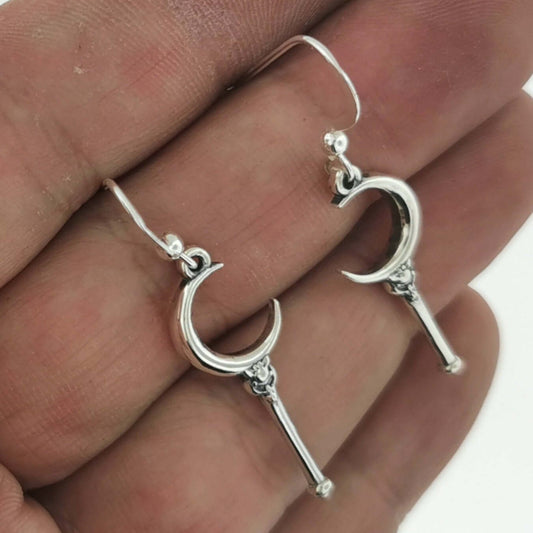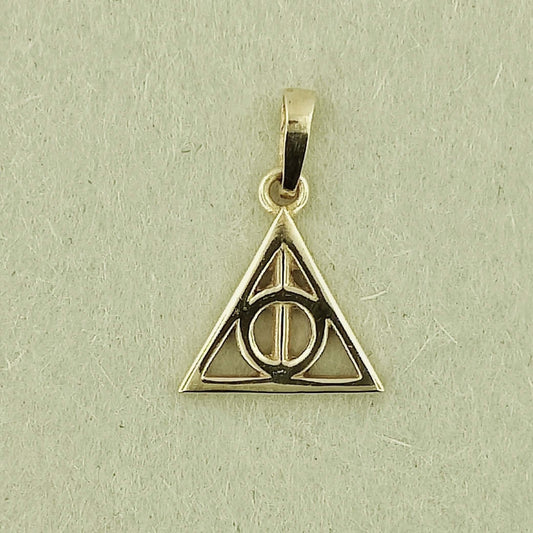The Witchy Season: The History of Halloween!

Hello, fellow lovers of spooky vibes! The time has come when the air gets crisp, the leaves start to fall, and we all feel that witchy energy bubbling up. Yes, we’re talking about Halloween—the season of ghosts, ghouls, and, of course, candy! But have you ever stopped to wonder, how exactly did Halloween come to be? Let’s take a broomstick ride through history and discover the origins of the spookiest night of the year.
The Ancient Roots: Samhain
Our Halloween traditions trace back to an ancient Celtic festival called Samhain (pronounced "Sow-in"). Over 2,000 years ago, the Celts, who lived in what is now Ireland, the UK, and northern France, celebrated their new year on November 1. Samhain marked the end of the harvest and the beginning of winter—a time often associated with death.
The Celts believed that on the night before the new year, the boundary between the living and the dead became blurred. On October 31, the spirits of the dead would return to Earth, and people would light bonfires and wear costumes to ward off these wandering ghosts. Sound familiar?
Enter the Romans
Fast forward to when the Romans conquered Celtic lands, and they brought their own festivals with them. Two Roman holidays—Feralia, which honoured the dead, and Pomona, a festival for the goddess of fruit and trees—began blending with Samhain. Some believe this is where our modern tradition of bobbing for apples came from, as Pomona’s symbol was, you guessed it, the apple!
From All Hallows' Eve to Halloween
By the 8th century, Pope Gregory III declared November 1 as All Saints' Day, a time to honour saints and martyrs. The evening before was called All Hallows' Eve, which eventually morphed into "Halloween." As Christianity spread, so did the idea of All Hallows’ Eve, though many of the old pagan traditions hung on, especially in Ireland and Scotland.
Halloween in America
When Irish and Scottish immigrants came to America during the 19th century, they brought their Halloween traditions with them. However, the holiday didn’t really catch on across the U.S. until the late 1800s, when it became a more community-centered holiday with parties, games, and, of course, costumes!
One of the traditions brought over was trick-or-treating, which stemmed from the medieval practice of “souling,” where poor folks would go door-to-door offering prayers for the dead in exchange for food. Over time, this evolved into kids dressing up and asking for treats (and sometimes pulling pranks on those who didn’t deliver!).
Witches, Pumpkins, and Bats—Oh My!
Now, Halloween wouldn’t be complete without a few iconic symbols, right?
Witches: Witches have long been associated with Halloween, partly because of their connection to magic, the supernatural, and folklore. The image of witches flying on broomsticks on a full moon night? Pure Halloween vibes.
Jack-o'-lanterns: Carving pumpkins originated from an Irish myth about Stingy Jack, a man who tricked the devil and was doomed to wander the earth with a carved-out turnip to light his way. When Halloween made its way to America, pumpkins replaced turnips (thank goodness, because pumpkins are much easier to carve!).
Bats and Black Cats: Bats and black cats have long been associated with witches, spirits, and bad luck, making them perfect mascots for the season of spooky!
Today’s Halloween Fun!
These days, Halloween has become a massive celebration of all things spooky, creative, and sweet. From haunted houses and costume contests to horror movie marathons, there’s something for everyone. Whether you’re into the ancient Celtic vibes or just here for the candy corn and ghost stories, Halloween is the perfect time to embrace your inner witchy self.
So, whether you’re planning to dress up as your favorite supernatural creature, decorate your house with cobwebs and pumpkins, or simply cozy up with a good horror movie, remember—you’re taking part in a tradition that’s been around for thousands of years!
Happy Halloween, witches! 🎃🖤
Thanks for reading,











